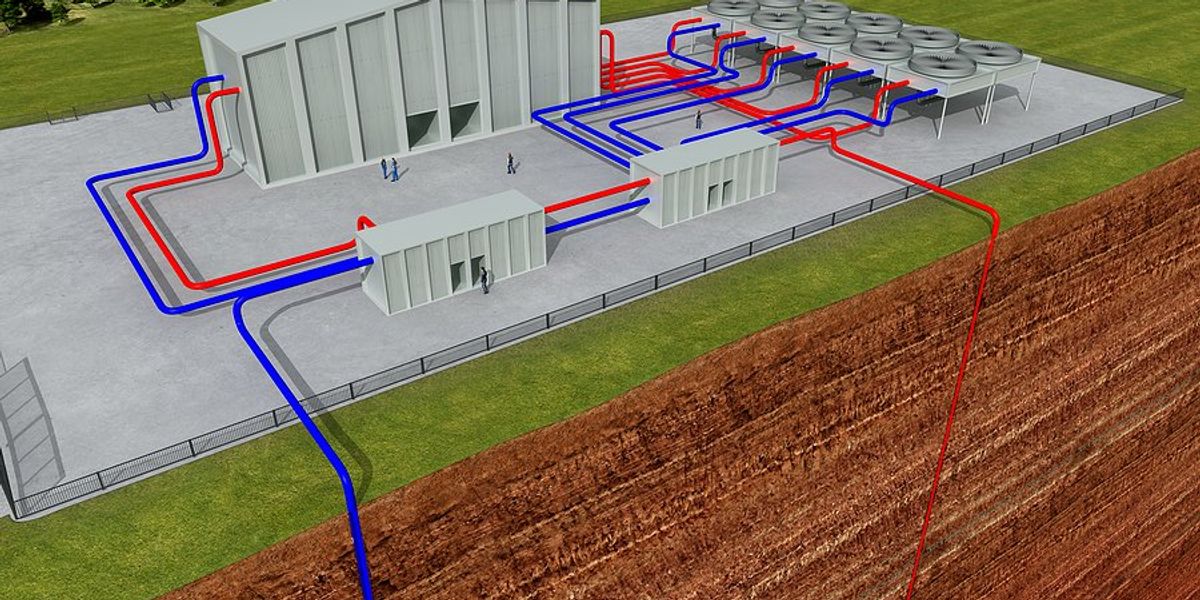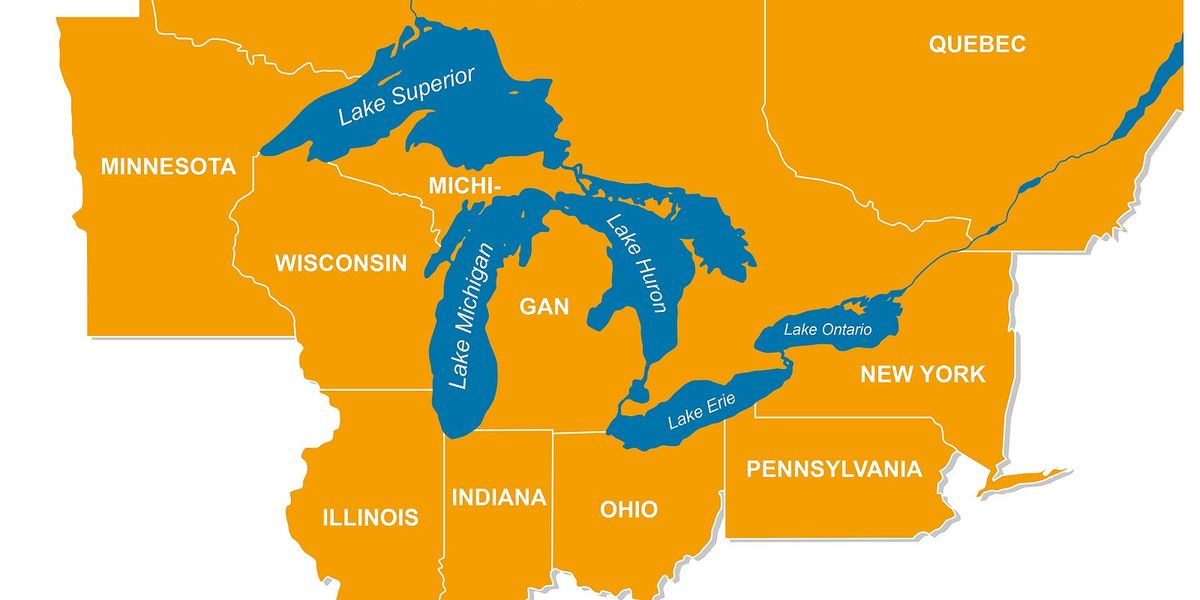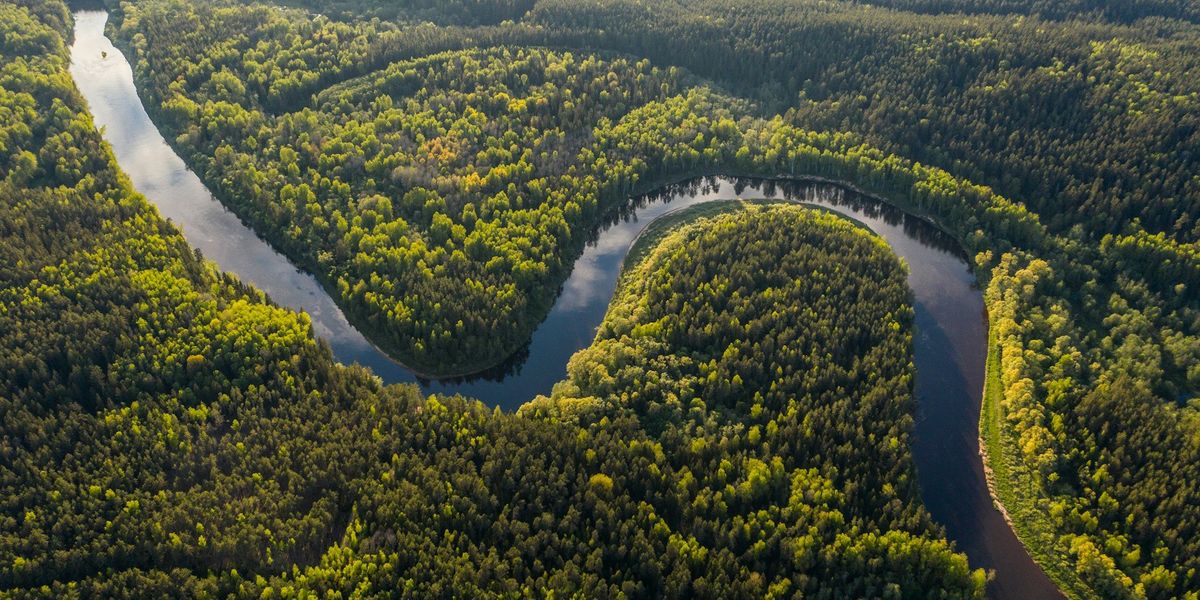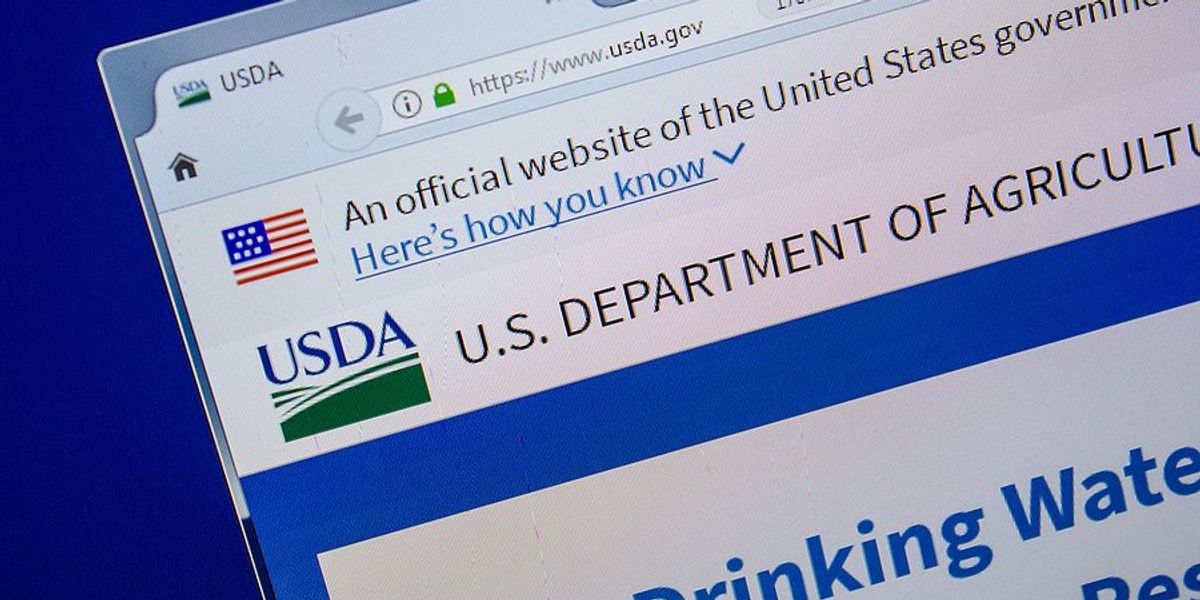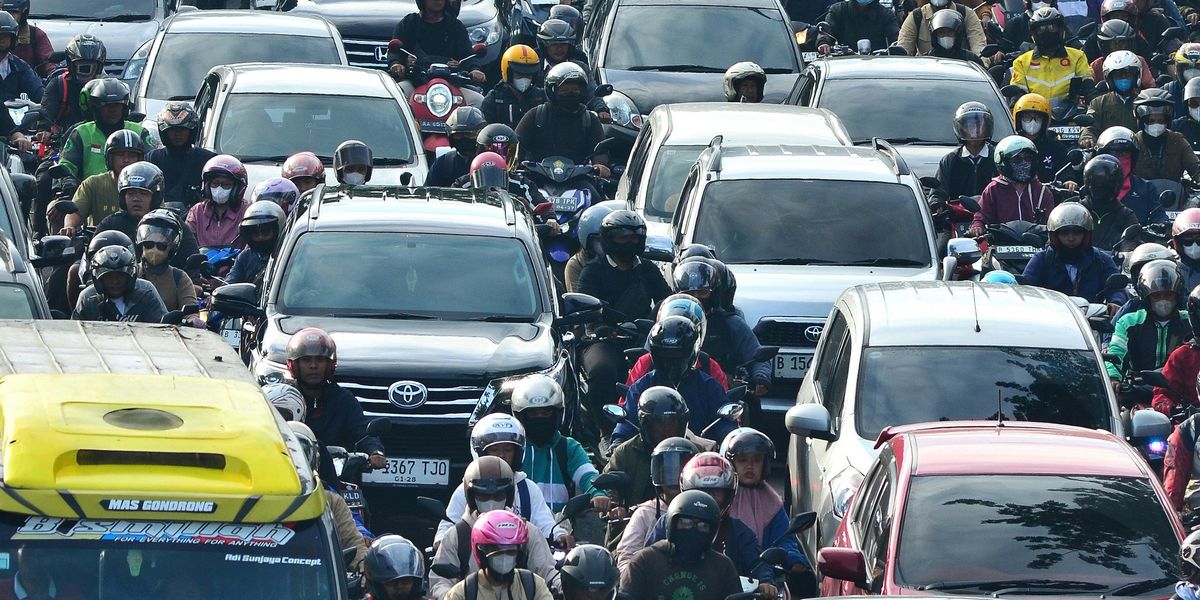
Cities rethink how to lure drivers out of their cars with better public transit
A growing number of cities are expanding and redesigning public transportation to cut emissions and congestion, but many drivers remain reluctant to give up their cars.
Jonas Mayer reports for Deutsche Welle.
In short:
- Cities like Jakarta are investing in cleaner, more connected bus networks, such as the TransJakarta system, and offering fare-free minibuses to encourage ridership.
- Programs offering free transit, like in Tallinn, Luxembourg, and Kansas City, show mixed results, with some users shifting from walking or biking rather than from driving.
- Some cities are discouraging car use through measures like congestion fees, taxes, and eliminating parking to promote public transit and reduce pollution.
Key quote:
"The major challenge here, or the major homework here, is to push people to use public transport."
— Gonggomtua Sitanggang, Southeast Asia director, Institute for Transportation and Development Policy
Why this matters:
Cities choked by traffic and smog are facing a transportation crossroads. Private vehicles are a major source of air pollution and greenhouse gas emissions, and their overuse contributes to urban sprawl, road deaths, and public health problems ranging from asthma to heart disease. Public transportation offers a lower-emission alternative, yet simply making buses free or adding a few routes won’t be enough. Many people are deeply attached to their cars for comfort, convenience, and social status, especially where public transit is seen as slow, unsafe, or unreliable. Efforts like redesigning cities to favor transit, adding protected bus lanes, and connecting neighborhoods through microtransit are significant steps toward shifting behavior. As urban populations rise, making it easier — and more appealing — for people to leave their cars behind may determine whether cities can meet climate goals and protect public health.
Related: Paris plans to swap cars for trees in a bold climate push


